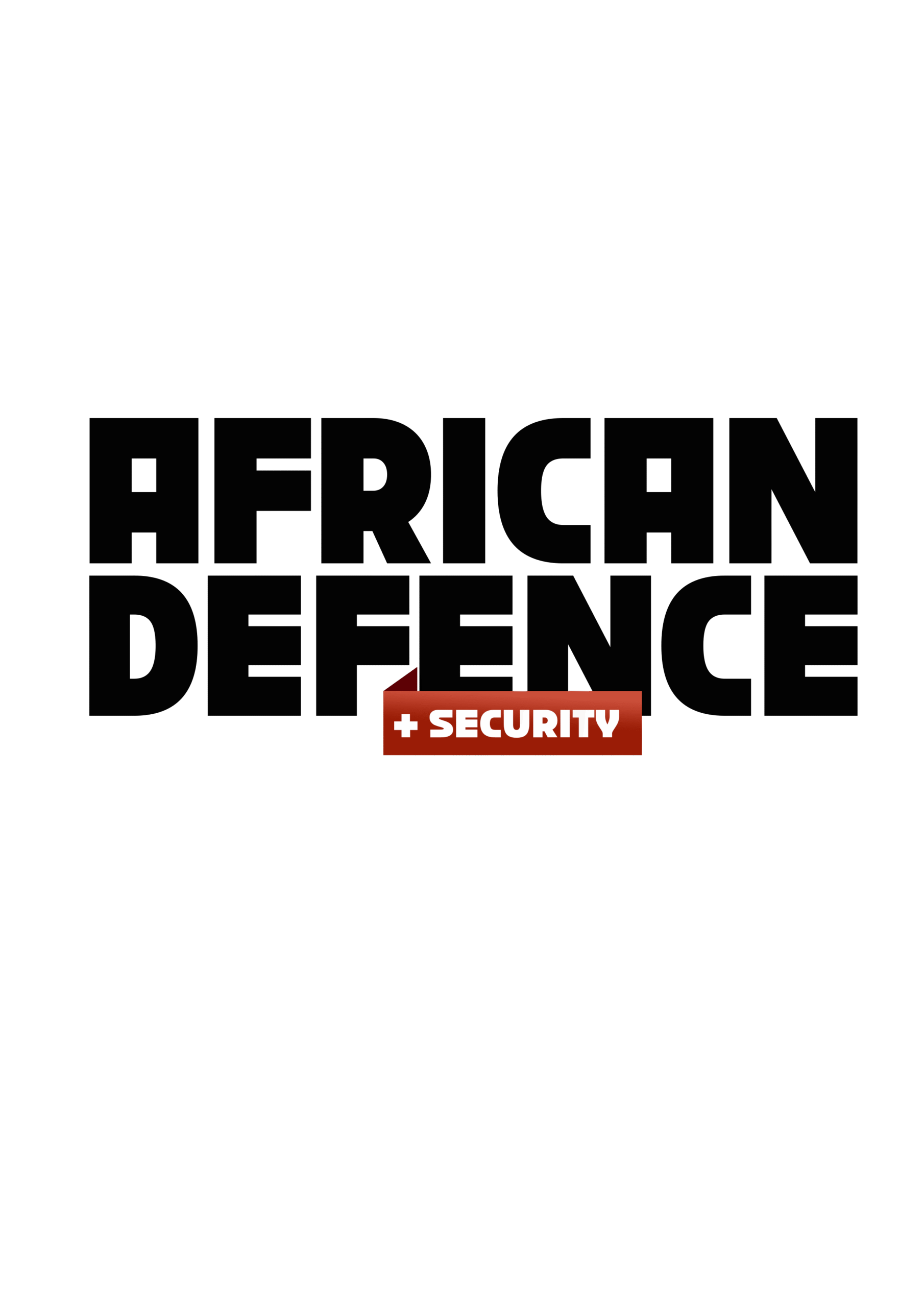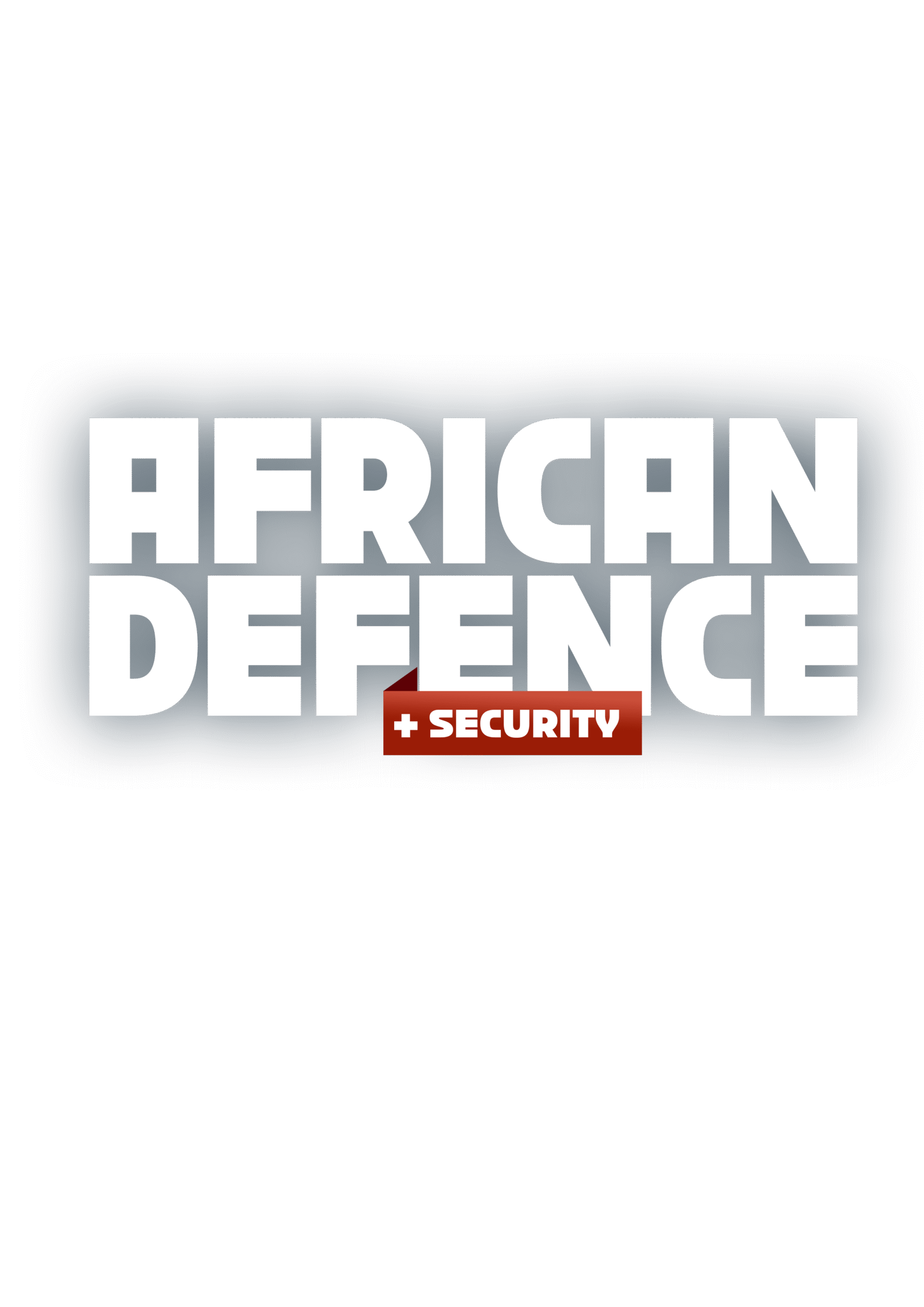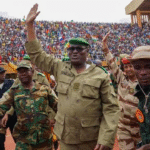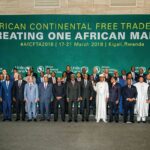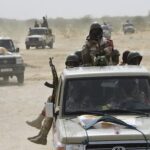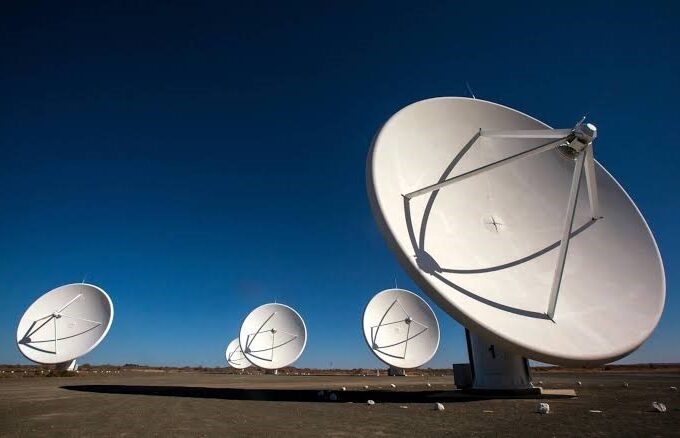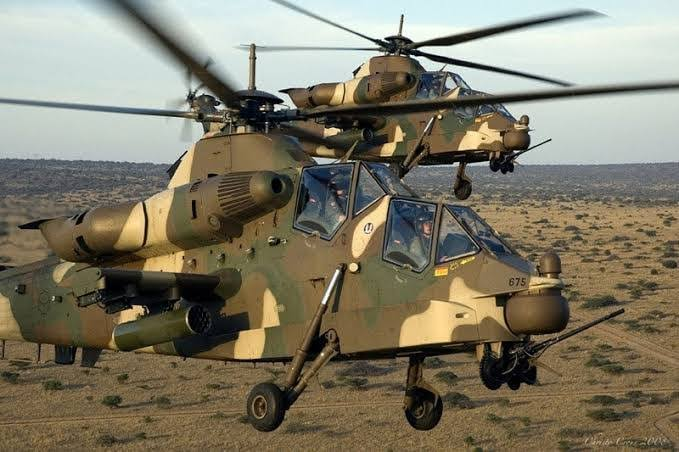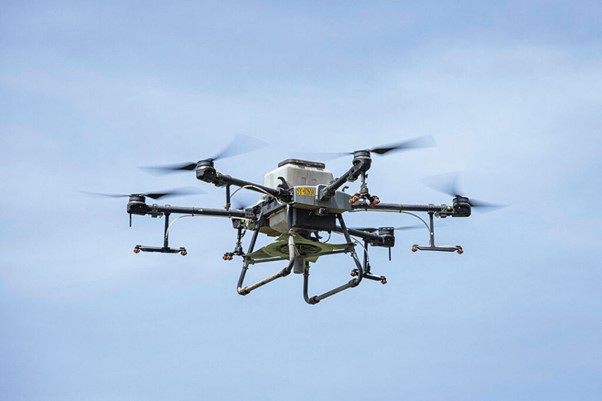AFRICA’S FIGHTER JET FLEETS: AN OVERVIEW
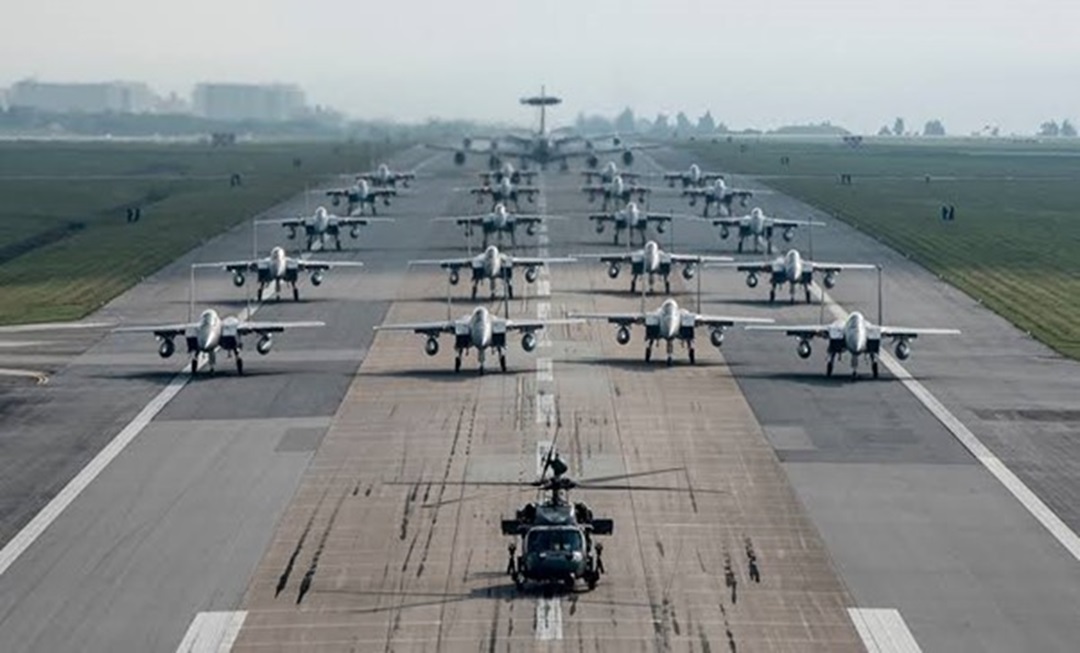
Africa’s air and aerospace sector has witnessed significant evolution in recent years, with several nations bolstering their fighter jet fleets to enhance national security, deter regional threats, and project military power. As of 2025, the continent’s strongest air forces are concentrated in North and sub-Saharan Africa, where investments in modern aircraft reflect geopolitical tensions and resource-driven defence budgets. Egypt leads the pack with the most formidable air force, followed closely by Algeria, Nigeria, South Africa, and Ethiopia, according to global rankings. These countries have diversified their procurement sources, acquiring jets from the United States, Russia, France, and China, signalling a shift toward multi-polar alliances in military aviation.
EGYPT: THE CONTINENT’S AERIAL POWERHOUSE
Egypt’s air force stands as the pinnacle of African aerospace might, boasting an active inventory of over 1,065 aircraft, with fighters comprising approximately 32% of its total strength. The fleet includes around 220 American-made F-16 Fighting Falcons, which form the backbone of its multirole capabilities, supplemented by advanced French Rafale jets and Russian MiG-29Ms. Recent developments include Egypt’s approval to join Turkey’s fifth-generation KAAN stealth fighter program, potentially adding cutting-edge technology to its arsenal. This diverse and expansive fleet underscores Egypt’s strategic role in the Middle East and North Africa, enabling superior air superiority and joint operations, as demonstrated in exercises with Chinese J-10C fighters.
READ ALSO: Air-to-Ground Support Operations in Asymmetric Warfare
ALGERIA: RUSSIAN-DOMINATED MODERNISATION
Algeria ranks second in African military aviation prowess, with an active fleet of 618 aircraft, where fighters make up about 25% of the inventory. Dominated by Russian platforms, the air force operates 63 Su-30MKA multirole fighters, 40 MiG-29 variants, and 42 Su-24MK2 strike aircraft. In 2025, Algeria began receiving advanced deliveries, including Su-35s, Su-57Es, and Su-34MEs, enhancing its strike and reconnaissance capabilities amid regional rivalries. This modernisation drive positions Algeria as a dominant force in the Maghreb, with plans for further exports like the Su-57E solidifying its technological edge.
SOUTH AFRICA: CHALLENGES IN OPERATIONAL READINESS
South Africa’s air force, while historically robust, faces operational challenges but maintains a capable fighter component within its 225-aircraft inventory, with fighters accounting for roughly 8% of the total. The fleet centres on Saab Gripe multirole jets, with 13 airframes reported as serviceable under a contract expiring in August 2025. However, reports indicate limited operational readiness, with only two fighter jets fully functional alongside a handful of trainers and helicopters. Efforts to procure spares for major aircraft signal a push toward revitalisation, reflecting South Africa’s role as a key player in southern African stability despite budgetary constraints.
NIGERIA: WEST AFRICA’S RISING FORCE
Nigeria’s burgeoning air force highlights West Africa’s rising military profile, with 142 active aircraft and fighters comprising 16% of the fleet. Key assets include Chengdu JF-17 Thunder multirole fighters, Assault Alpha Jets for close-air support, and F-7 interceptors. Ambitious expansion plans aim to acquire 49 new aircraft by 2026, targeting 90% serviceability by Q4 2025 to combat insurgency and secure borders. This growth trajectory, including T129 Attack helicopters and Eurocopter EC135s, positions Nigeria as a regional powerhouse in counter-terrorism operations.
MOROCCO: RAPID FLEET EXPANSION
Morocco’s Royal Air Force is rapidly modernising, with a 285-aircraft inventory where fighters represent 21% of its strength. The fleet features 48 upgraded F-16 Viper jets, with potential acquisitions of French Rafale F4S and American F-35As on the horizon. Morocco’s integration into global F-16 production chains and drone fleets like the Wing Loong series enhances its surveillance and strike capabilities. This build-up, expected to reach 320 aircraft soon, bolsters Morocco’s position in North African geopolitics amid tensions with neighbours.
ETHIOPIA AND SUDAN: EAST AFRICAN CONTENDERS
Ethiopia’s air force, with 88 aircraft and fighters at 28% of its inventory, plays a vital role in East African security dynamics. Recent additions include Su-30 fighters, complementing older Su-27s and MiG-21s, following deliveries commissioned in early 2024.
On the flip side, Sudan’s air force relies on MiG-29SEs (about 11 operational), Su-25 ground-attack jets, and an emerging interest in Chinese J-10C fighters amid ongoing conflicts. These fleets, though smaller, contribute to regional balances, with Sudan also incorporating Iranian drones and Russian support.
CONCLUSION: AFRICA’S PATH TO SELF-SUFFICIENCY IN MILITARY HARDWARE
Africa’s journey toward self-sufficiency in producing military hardware, including fighter jet fleets, remains a complex challenge but shows promising potential. While countries like Egypt, Algeria, and South Africa have made strides in modernising their air forces, reliance on foreign suppliers such as the United States, Russia, France, and China dominates due to technological and industrial gaps. However, emerging efforts, such as South Africa’s aerospace industry initiatives and Nigeria’s push for localised maintenance, signal a shift toward building indigenous capacity. Collaborative ventures, like Egypt’s involvement in Turkey’s KAAN stealth fighter program, and investments in drone technology by Morocco and Sudan, suggest a growing interest in self-reliant defence production. By 2030, with sustained investment in education, infrastructure, and regional partnerships, Africa could reduce its dependence on imports, fostering a nascent aerospace industry capable of producing components or even full platforms, though achieving complete self-sufficiency will likely require decades of strategic development.
King Richard Igimoh, Group Editor ALO
King Richard Igimoh, Group Editor African Leadership Organisation is an award-winning journalist, editor, and publisher with over two decades of expertise in political, defence, and international affairs reporting. As Group Editor of the African Leadership Organisation—publishers of African Leadership Magazine, African Defence & Security Magazine, and Africa Projects Magazine—he delivers incisive coverage that amplifies Africa’s voice in global security, policy, and leadership discourse. He provides frontline editorial coverage of high-profile international events, including the ALM Persons of the Year, the African Summit, and the African Business and Leadership Awards (ABLA) in London, as well as the International Forum for African and Caribbean Leadership (IFAL) in New York City during the United Nations General Assembly.
Recent Posts
Categories
- Air & Aerospace15
- Border Security14
- Civil Security3
- Civil Wars4
- Crisis4
- Cyber Security4
- Defense15
- Diplomacy17
- Entrepreneurship1
- Events5
- Global Security Watch6
- Industry6
- Land & Army7
- Leadership & Training3
- Military Aviation2
- Military History27
- Military Speeches1
- Naval & Maritime8
- Resources1
- Security12
- Special Forces1
- Systems And Technology8
- Tech6
- Uncategorized3
- UNSC1
- Veterans6
- Women in Defence9
Related Articles
AFRICAN AIR FORCES RISE TO THE FOREFRONT IN COUNTERTERRORISM OPERATIONS
Across the vast and volatile regions of Africa, air forces once limited...
ByKing Richard Igimoh, Group Editor ALONovember 21, 2025THE SPACE RACE: AFRICA’S EMERGING AEROSPACE PROGRAMMES
Africa’s skies are no longer just a backdrop to other powers’ ambitions...
ByKing Richard Igimoh, Group Editor ALOOctober 6, 2025MILITARY HELICOPTERS IN AFRICAN OPERATIONS
Military helicopters have become important assets in African operations, offering unmatched versatility...
ByKing Richard Igimoh, Group Editor ALOSeptember 23, 2025UNMANNED AERIAL SYSTEMS: GAME CHANGERS IN AFRICAN CONFLICTS
In Africa’s conflict zones where rugged terrain once served as cover for ...
ByKing Richard Igimoh, Group Editor ALOSeptember 15, 2025